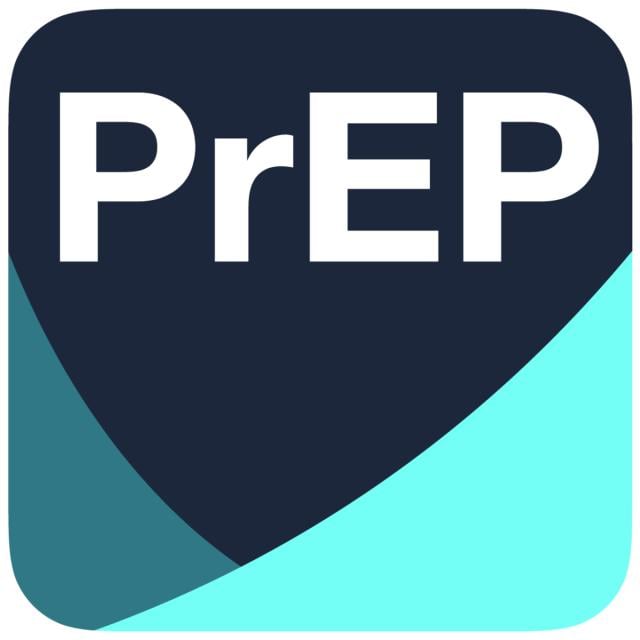MOOC List is learner-supported. When you buy through links on our site, we may earn an affiliate commission.

MOOC List is learner-supported. When you buy through links on our site, we may earn an affiliate commission.
Lessons for healthcare workers provide background on foundational and cutting-edge research and PrEP guidelines, how to initiate a PrEP program, clinical management and providing culturally sensitive sexual health and primary care to diverse communities.
Lessons for PrEP enthusiasts, PrEP users or the PrEP curious provide information regarding who can benefit from PrEP, how to access services, what to expect and how to stick with your PrEP program long-term.
Objectives:
At the conclusion of the session, the participant will be able to:
1. Describe the differences between foundational PrEP studies and demonstration projects
2. Describe the basic pharmacodynamics of tenofovir/emtricitibine including mechanism of infection prevention and time to protective concentration in mucosal tissues
3. List recommendations from PrEP for Prevention of HIV Infection in the United States clinical practice guidelines, USPHS and CDC, including initial and ongoing screening and testing
4. Describe the need for PrEP as an HIV prevention tool for priority in often stigmatized populations
5. Indicate the components for integrating PrEP services into clinical practice
6. Outline guidelines for screening and treatment of sexually transmitted infections
7. Describe how to take a thorough sexual history and to engage with clients around sex in an affirming and non- judgmental manner
8. List the baseline and follow-up laboratory monitoring required
9. Explain key aspects of patient education for HIV prevention and sexual health
10. Describe protocols for ongoing PrEP services and when to discontinue
Syllabus
WEEK 1
In this module, we describe PrEP and the evidence from the formative international studies that led to guidelines in the US and abroad recommending its implementation for HIV prevention. For patients, we discuss the importance of assessing your individual need and readiness to begin PrEP. For providers, we present case studies of implementation projects around the world. Please be sure to follow the link on the right below each video to complete a short speaker evaluation. Thanks!
WEEK 2
In this module, we distinguish PrEP from post-exposure prophylaxis (PEP) and when each is most appropriate. We also review what's in the pipeline for other forms of PrEP medication and modes of delivery. For Providers, we explain the activity of tenofovir/emtricitibine against HIV infection, its general pharmacodynamics and the application of clinical practice guidelines in a community clinic.
WEEK 3
In this module, we review issues related to accessing and navigating the healthcare system that are relevant to priority populations for PrEP, including men who have sex with men (MSM), women, sero-different couples, adolescents, transgender persons, sex workers and persons who inject drugs or experience coercive sex. For patients, content covers self-advocacy and population-focused concerns and resources for PrEP services. For providers, we discuss the need and approach for tailoring PrEP for priority and often under-served communities with cultural humility.
WEEK 4
In this module, we review issues related to accessing PrEP. For providers, we consider how to identify priority populations for PrEP in your service area, discuss the relative costs and outcomes for PrEP as a public health program, key elements of a PrEP business plan and the role of community outreach. For patients, barriers to accessing services are addressed.
WEEK 5
In this module, steps of the first clinic visit are reviewed, including payment for PrEP medication and services, lab work and sexual health assessment. The competencies for performing a thorough and non-judging sexual history, STI screening, and patient education and practical advice to offer clients regarding adherence are discussed.
WEEK 6
In this module, we review considerations for continuing PrEP beyond the first clinic visit, how to think about the quality of PrEP services, and when discontinuation may be appropriate. For patients, topics include medication adherence and risk reduction. For providers, recommendations for management of STIs, screening for and addressing barriers to medication adherence, models of care and case management and clinic retention are reviewed.
MOOC List is learner-supported. When you buy through links on our site, we may earn an affiliate commission.
MOOC List is learner-supported. When you buy through links on our site, we may earn an affiliate commission.
